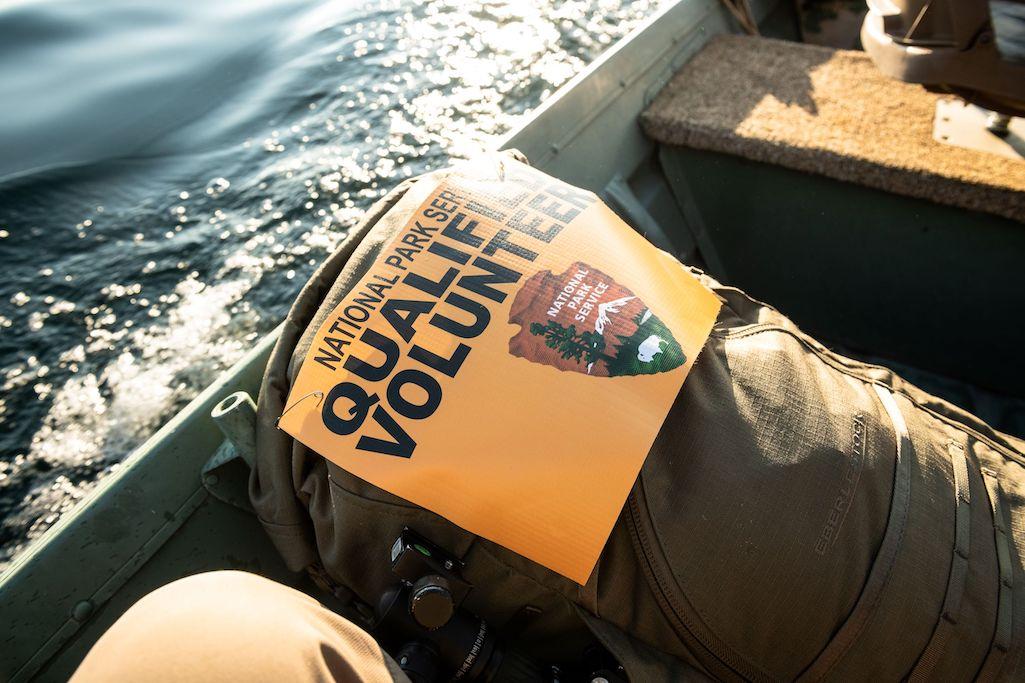
Volunteers were to head into the high country of Grand Teton National Park on Wednesday to resume mountain goat culling operations/NPS
Volunteers were to head into the high country of Grand Teton National Park on Wednesday to resume a culling operation to reduce the numbers of non-native mountain goats in the park.
The operation is being conducted over a number of years to conserve a native and vulnerable population of Rocky Mountain bighorn sheep in the Teton Range.
Mountain goats are not native to the range and can carry bacterial diseases deadly to bighorn sheep. The Teton Range bighorn sheep population has been relatively isolated and is therefore likely ‘naïve’ to these diseases, according to park biologists. Without immediate intervention, the mountain goat population is expected to grow and could contribute to the potential extirpation of the bighorns.
More than 20 volunteer teams, each consisting of two-to-six members, are participating this year. In the interest of safety and efficiency, the park is only drawing on qualified volunteers who were trained and participated in the program last year. There are significantly fewer mountain goats in the park and removal will be significantly more difficult. The operational season will continue until October 25, weather permitting.
The volunteer teams will each be assigned one of five geographic zones throughout the Teton Range within the park. The mountain goats are generally found at high elevations. Qualified volunteers may access these zones from a variety of trailheads, as well as national forest lands to the west of the park.
All volunteers for the culling program will be clearly identified as a “National Park Service Qualified Volunteer” with an orange bib on their back or pack as well as an orange or pink hat or other exterior garment. Visitors can expect to see volunteers in camouflage clothing carrying rifles, may hear gunshots, or see volunteers packing out portions of culled mountain goats.
Volunteers may not keep a trophy when participating in a culling program in a national park. The meat may be donated or distributed to Indian tribes, qualified volunteers, food banks, and other organizations that work to address hunger, in accordance with applicable health guidelines.
Culling in a national park does not generate revenue and does not include fair chase.
No park trails or areas are anticipated to be closed during the culling program. Signs will be posted at trailheads that access the areas the volunteers will be working to create awareness for any backcountry hikers or climbers.



Comments
I would pay hard cash to see the looks on some visitors' faces when they see people in camo, w/ rifles, packing out portions of culled animals.
This is such a stupid idea, why not have a lottery draw for the number of animals that are needed to cull and raise monies for the park. This how all our game species are managed and conservation efforts are funded.